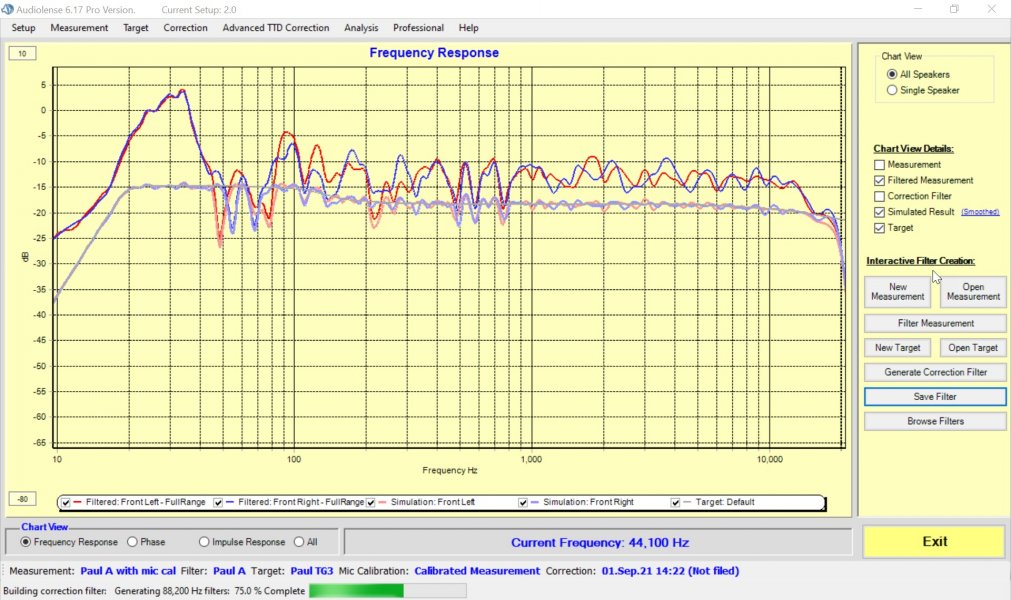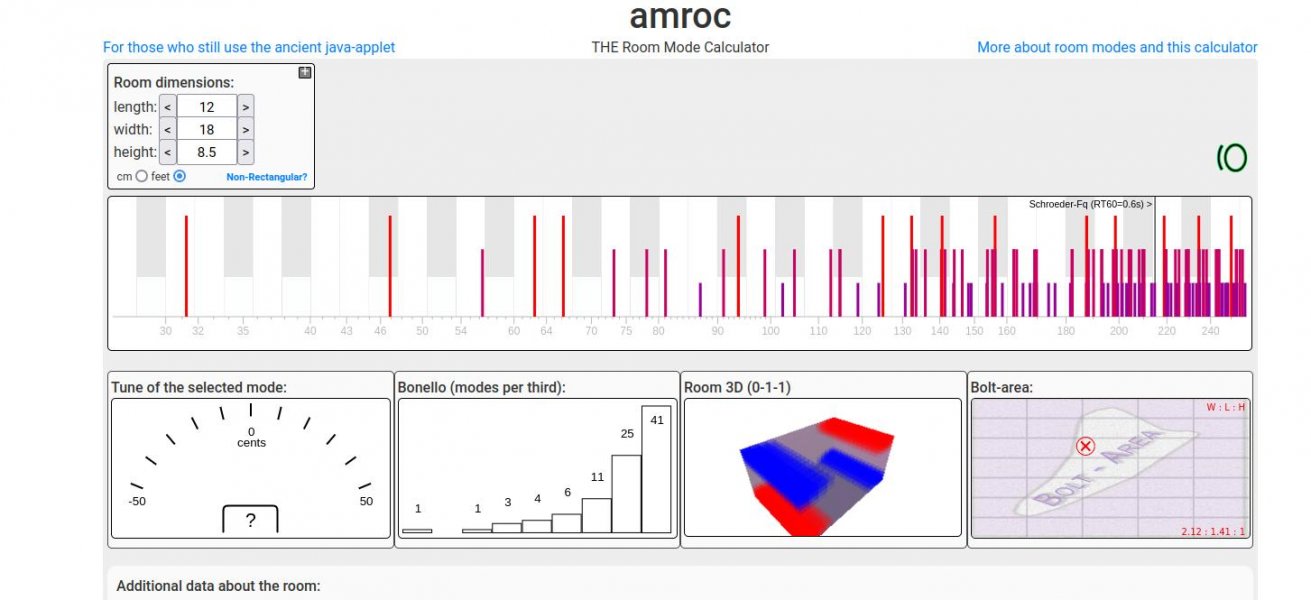After fiddling with my system for 40+ years I must agree with Analog Scott and Kal.
I tried everything, including having my room professionally treated with RPG abfusors, diffusors and bass panels. Also went through many speakers including Wilson, Cello, Dunlavy, TAD and Magico. And many DACs and amps from Spectral, Cello, Levinson, MSB, Berkeley and Pass. For the most part the improvements (or better said, differences) were subtle.
At the behest of folks at Berkeley, I tried implementing EQ in the analogue domain, using high quality pro gear. That helped, but nothing really got me to where I wanted until I had Mitch Barnett design a convolution filter that in my system runs on Roon.
Now with the convolution filter the system sounds truly fantastic, even after I sold all the expensive cables, power conditioners and ultra expensive Constellation amps and Berkeley DAC. I have a more humble Meitner MA3 and a Pass XVR1 feeding four Benchmark amps, all with Benchmark wiring powering modified TAD R1s. And I've never been happier.
DSP will not eliminate distortion, deep nulls, flutter echo and reflections, so paying attention to the room is important. You should have a system capable of playing reasonably loud without compression or distortion across the frequency spectrum. And also unless you want to spend many hours trying to learn a fraction of what Mitch Barnett forgot about DSP, you're probably better off staying away from DSP. But given the processing power that's available today, DSP done right can be truly transformative.
For me the acid test was when I invited over a dear old friend that is a big analogue buff, with vintage tubes and horns. I expected he was going to literally throw up listening to my 100% digital system. But instead he was totally amazed. Paraphrasing his comments after listening for a couple hours he concluded that maybe there was a thing or two he liked better in analogue, but there were many many things my system did much better.
Again you have to start with a low distortion system that covers the frequency range, you need to get the room as good as you can (but not to the point of going nuts with room treatments) and you need a professionally designed DSP filter made for your room/speakers.
Having said this, I use a Denon receiver as a pre-pro running DIRAC for home theater in this room. It triggers a custom XLR AB switch bypassing the Meitner DAC. DIRAC is quite good, it's not as good as Mitch's convolution filter on Roon, but for special effects on an action movie it is more than fine. And it images extremely well even without a center channel.









